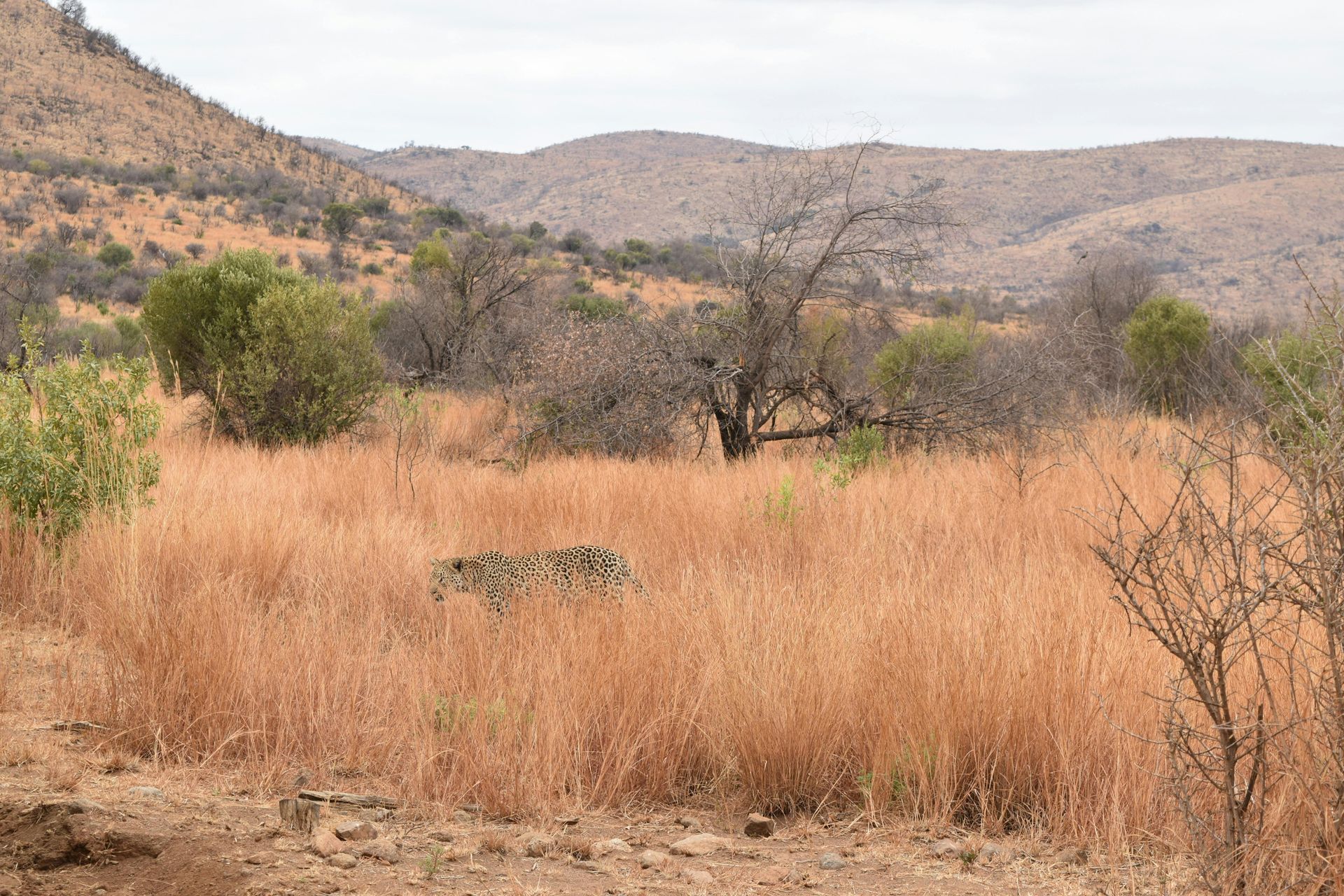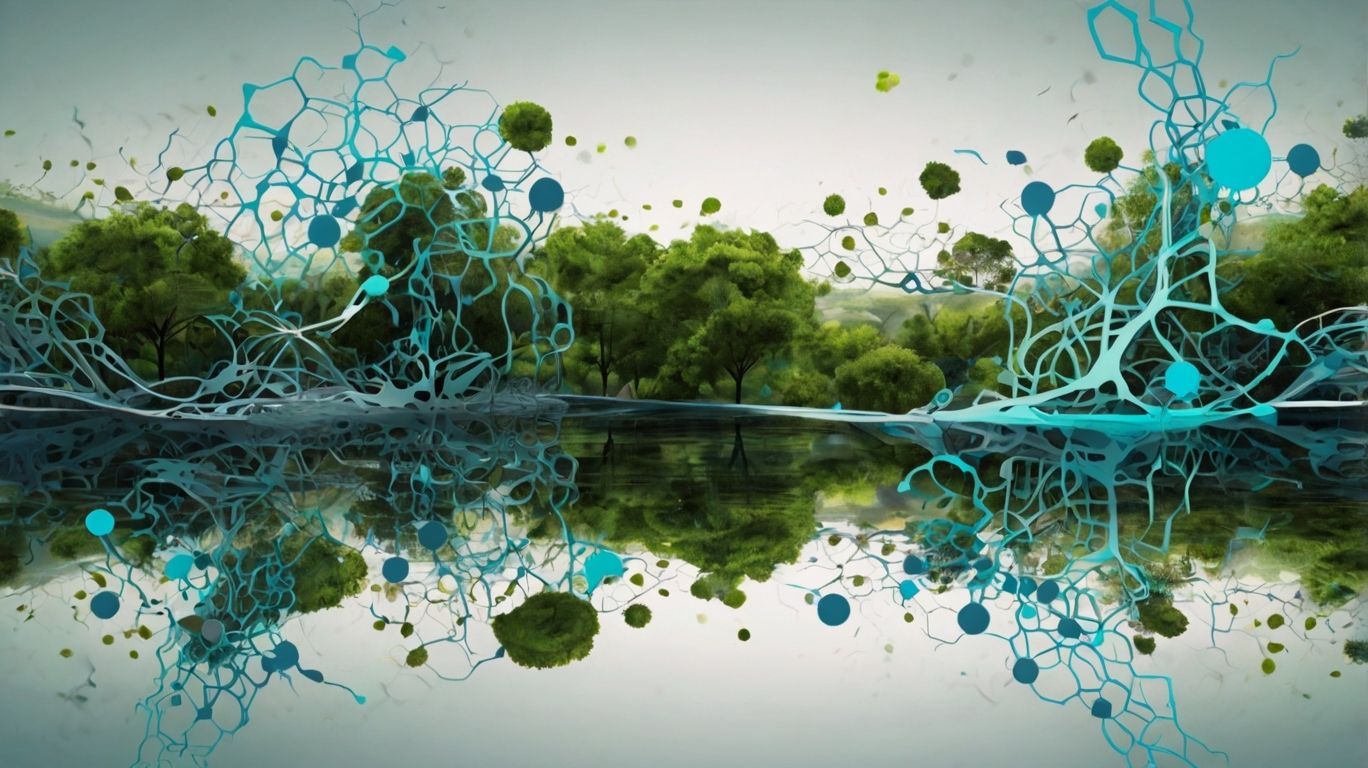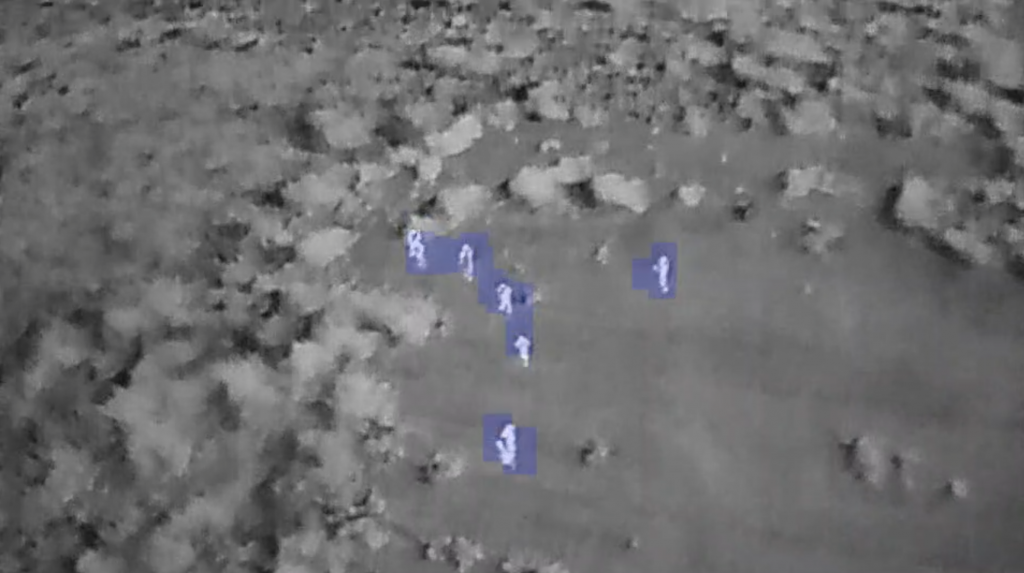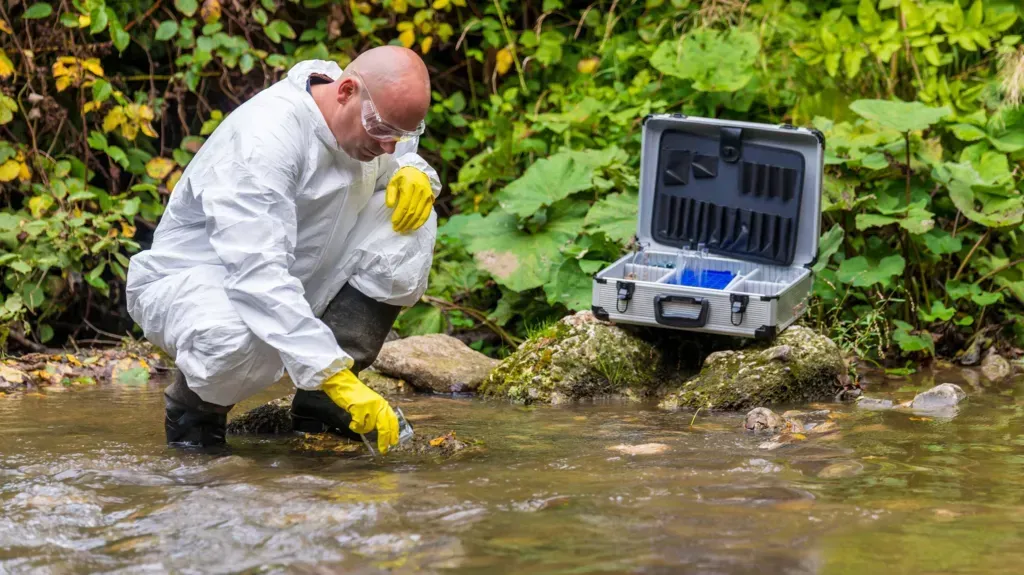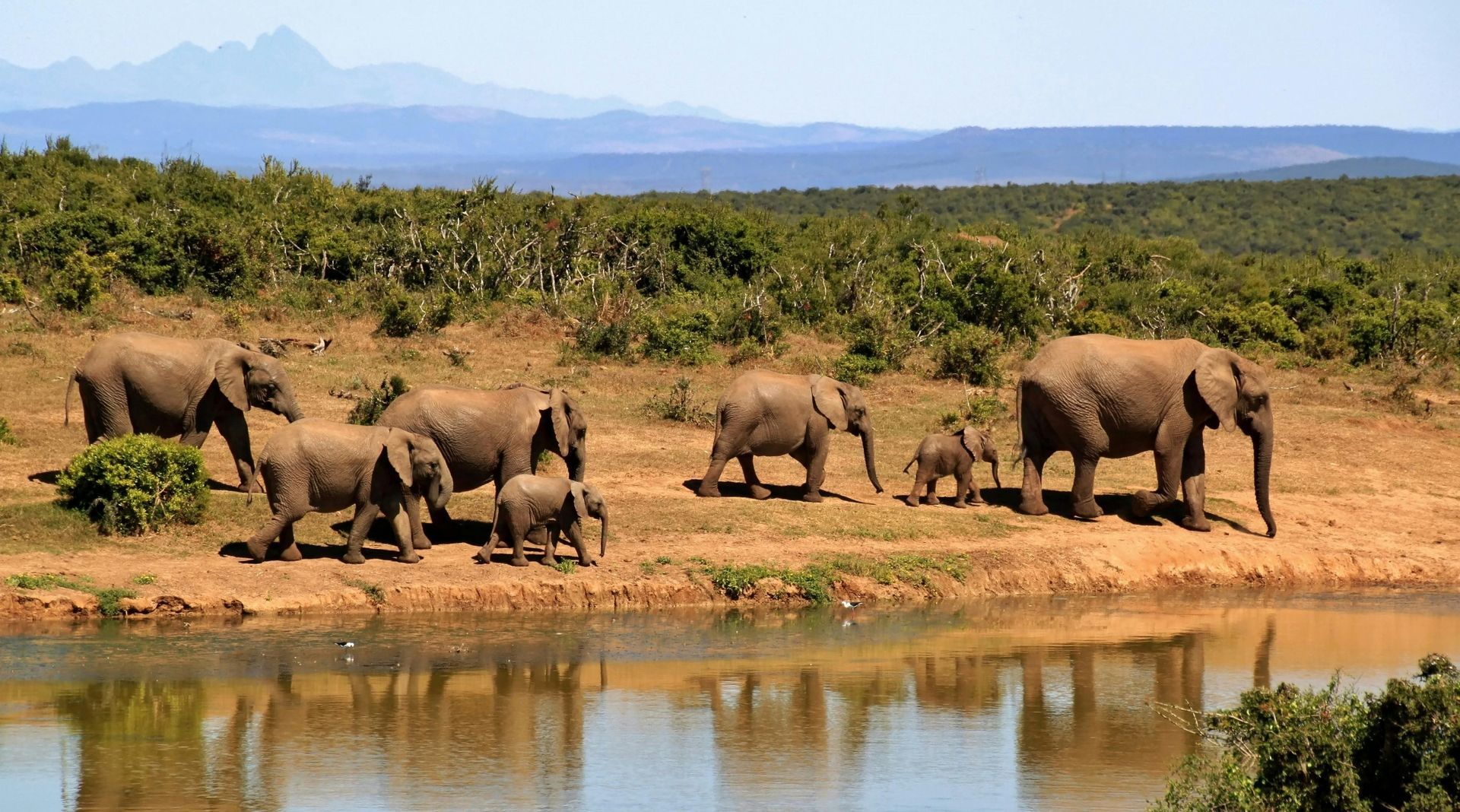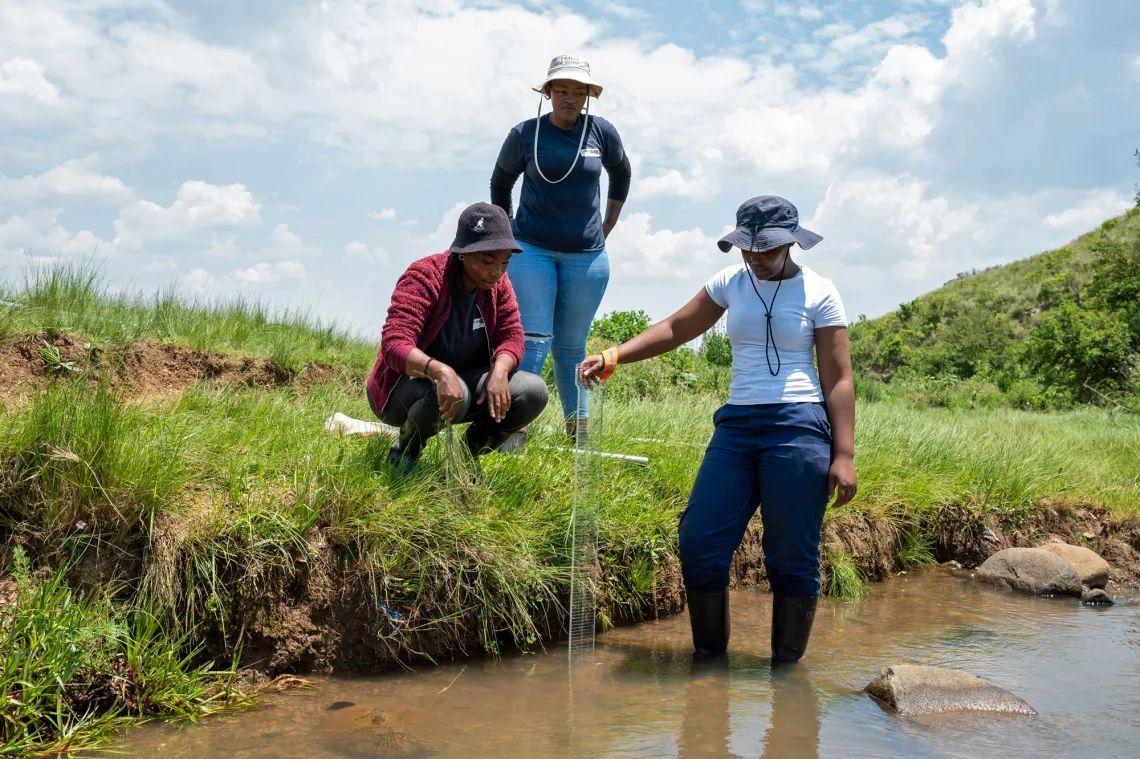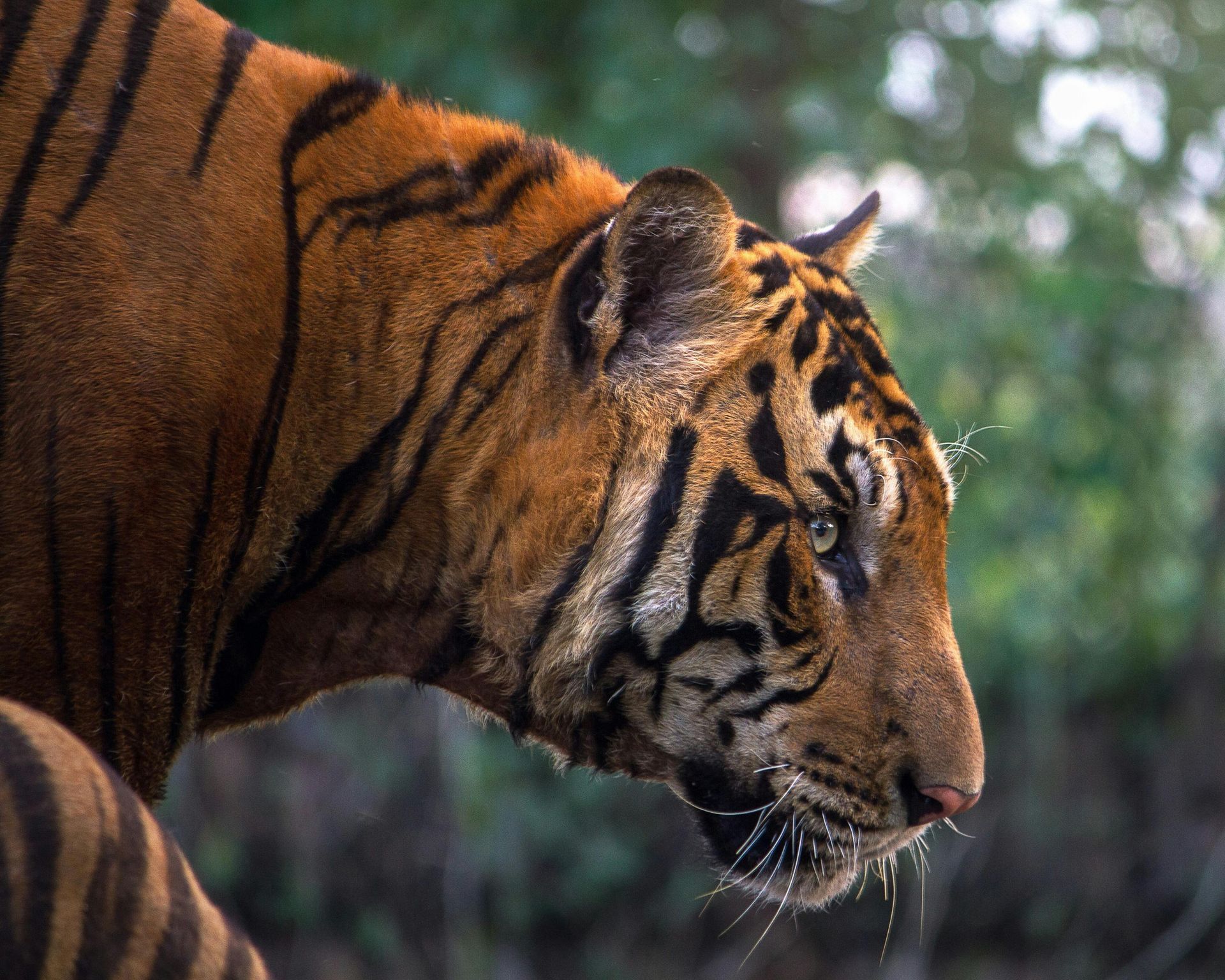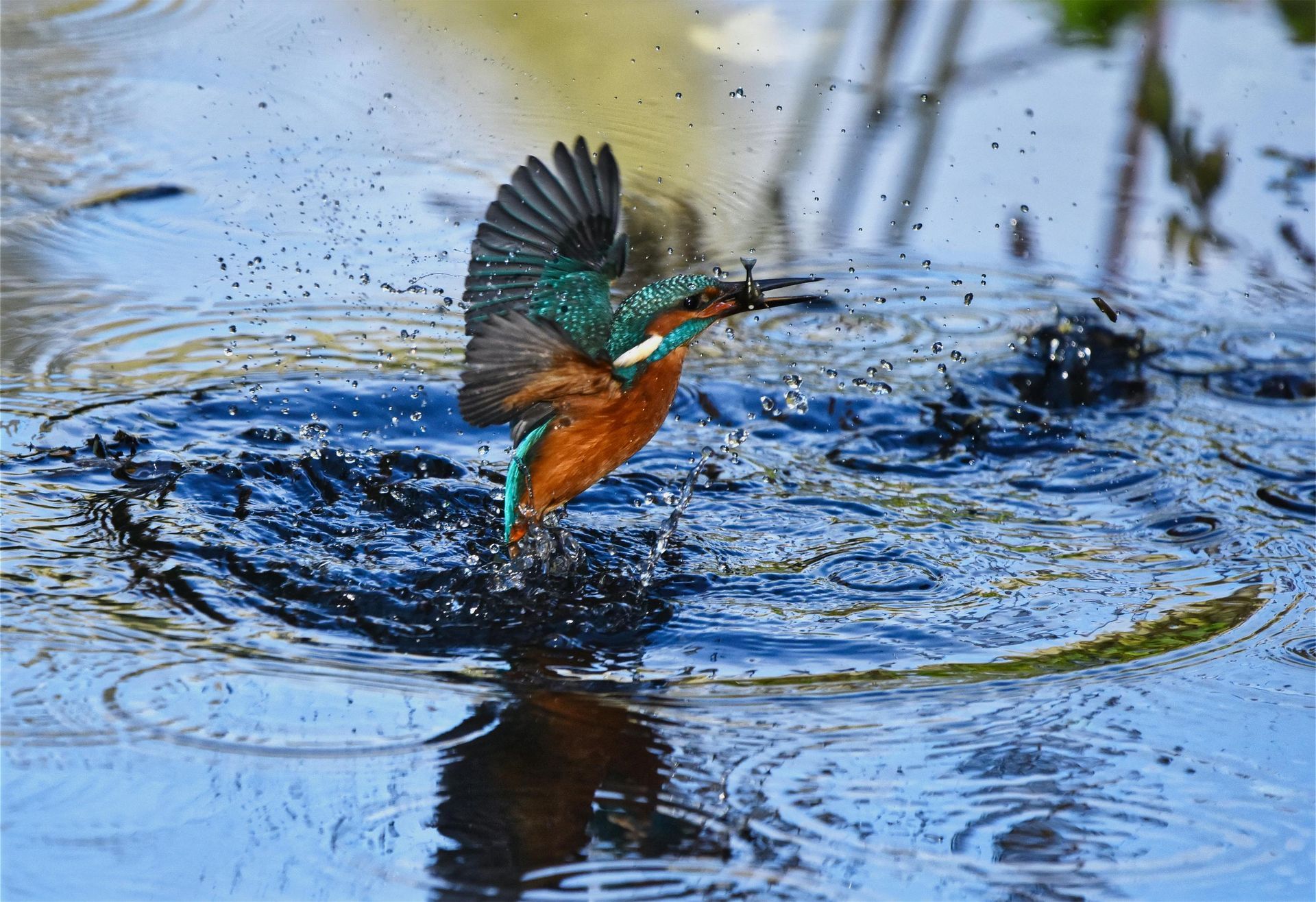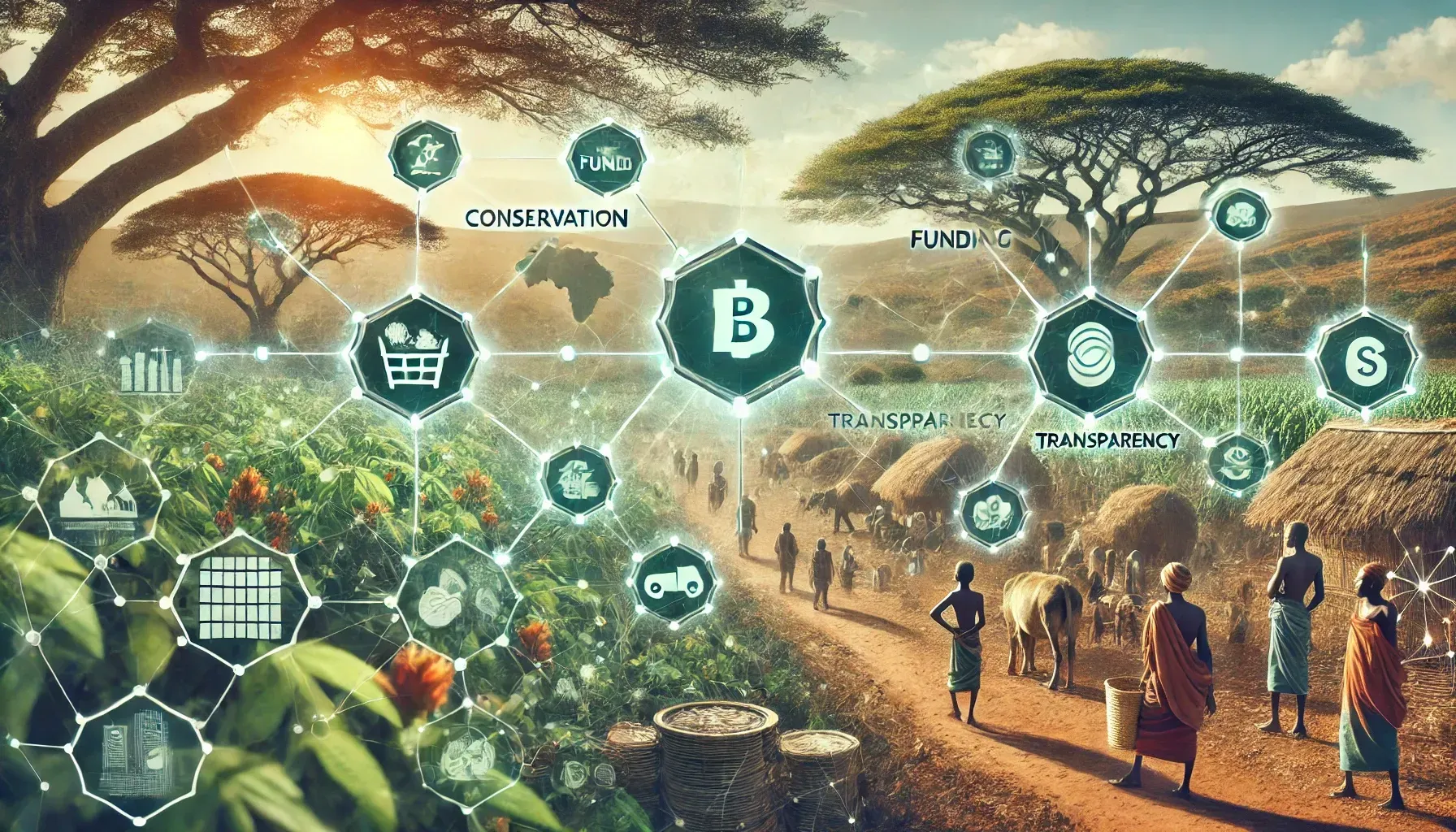Blockchain for Nature Trade
Unlocking Transparency and Trust in Conservation
Blockchain technology has transformative potential in conservation and sustainable resource management, especially where transparency and accountability are paramount. For conservation technology innovators like Zanza Labs, blockchain can provide a resilient framework to ensure resources, products, and conservation funds reach their intended purposes, while fostering trust across communities and investors alike.
Key Concepts in Blockchain for Conservation
Nature-Based Product Verification
Blockchain-backed verification systems can track products like ethically harvested plants or wildlife-friendly goods from origin to end user. By certifying the sustainability and ethical standards of these products, Zanza Labs could open local producers to global markets that prioritize transparency and traceability. This approach assures consumers of product integrity while giving local producers an edge in competitive markets.
Carbon and Biodiversity Credits Marketplace
A blockchain-driven marketplace for carbon and biodiversity credits allows conservation projects to register and sell credits directly to investors. Zanza Labs’ blockchain platform could offer a transparent, verifiable marketplace where these credits support both conservation efforts and ecosystem regeneration. Through this system, buyers have confidence in the environmental impact of their investments, and projects can secure crucial funding.
Community Empowerment in Trade
Blockchain tools empower small-scale producers and conservation communities to track, verify, and promote their nature-based products. By providing these communities with direct access to markets and transparency in pricing, Zanza Labs would enable sustainable income sources and bolster credibility for rural African conservation projects. Communities gain greater control over their resources, driving positive social and environmental outcomes.
Research Opportunities in Blockchain for Nature Trade
- Impact Measurement: Blockchain can enhance the precision of conservation metrics, tracking the impact of sustainable harvesting and biodiversity outcomes more accurately.
- Data Security: Blockchain’s encryption methods protect sensitive data, ensuring communities retain ownership over valuable ecological information.
- Market Analysis for Conservation Goods: Blockchain facilitates comprehensive market data analysis, enabling a better understanding of consumer demand for sustainable products.
Conservation Opportunities Enabled by Blockchain
Improved Resource Management
Blockchain’s immutable records provide transparency in resource usage, allowing communities to manage resources sustainably and track conservation outcomes over time.
Funding Transparency
Blockchain allows conservation funding to be tracked meticulously, ensuring donations and investments reach the field with minimized risk of misuse or diversion.
Enhanced Stakeholder Trust
Trust is essential in conservation. Blockchain’s transparency builds trust with investors, donors, and consumers by making the conservation impact of their contributions clear.
How Zanza Labs Can Lead with Blockchain in Nature Trade
By integrating blockchain into nature-based trade, Zanza Labs has the opportunity to redefine conservation technology with ethical and sustainable practices at its core. Blockchain-driven transparency can make local goods marketable on a global scale, create trusted marketplaces for carbon and biodiversity credits, and elevate the credibility of rural conservation efforts.
Impact on Conservation and Community:
- Trust and Transparency: Blockchain-backed certification for local products creates a verifiable history, fostering consumer trust.
- Fair Market Access: Rural producers gain direct access to fair markets, elevating community income.
- Efficient Funding for Conservation: Blockchain reduces intermediaries, ensuring more funds go directly toward conservation goals.
Blockchain in conservation trade isn't just a technological upgrade—it's a shift toward a transparent, equitable future in nature conservation.
By implementing blockchain solutions, Zanza Labs can position itself as a leader in ethical trade, accountable conservation funding, and sustainable economic development for African communities.
Frequently Asked Questions
What is blockchain technology, and how does it apply to nature trade?
Blockchain is a decentralized digital ledger that securely records transactions. In nature trade, blockchain enhances transparency, enabling the verification of sustainable practices, the tracking of ethically sourced goods, and the creation of secure, traceable markets for nature-based products.
How can blockchain help reduce illegal wildlife trade?
Blockchain’s transparency allows for accurate tracking and verification of wildlife products. This traceability can make it harder for illegally sourced wildlife items to enter legitimate markets, supporting conservation efforts by only allowing certified sustainable goods to be traded.
What are carbon and biodiversity credits, and how does blockchain fit in?
Carbon and biodiversity credits are tradable certificates representing measurable environmental benefits, like carbon sequestration or biodiversity preservation. Blockchain can create secure, transparent marketplaces for these credits, connecting verified conservation projects with investors and ensuring credits are traceable and trustworthy.
How does blockchain empower rural communities involved in conservation?
Blockchain gives local producers tools to verify and market their sustainably harvested products, allowing them to access fair markets directly. This empowers communities by providing a reliable income stream and bolstering their credibility, attracting global buyers interested in sustainable products.
What role does Zanza Labs play in blockchain for nature trade?
Zanza Labs is exploring blockchain-based platforms that certify, track, and promote nature-friendly products. These platforms support sustainable local economies by connecting verified products to global markets, attracting funding for conservation efforts, and providing transparency to ensure that conservation resources are efficiently allocated.
Share this article
Quicklinks
